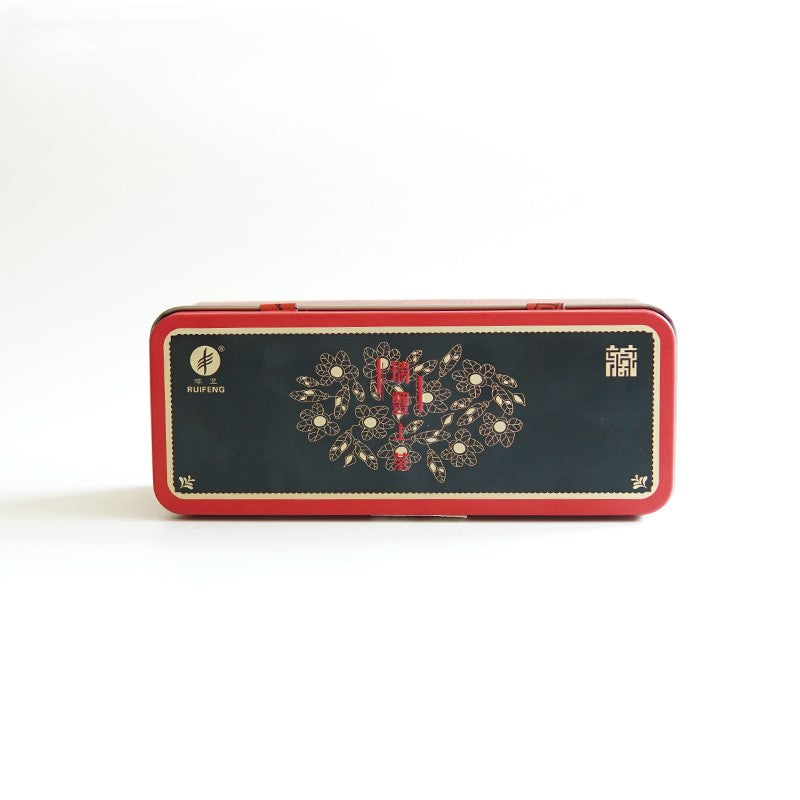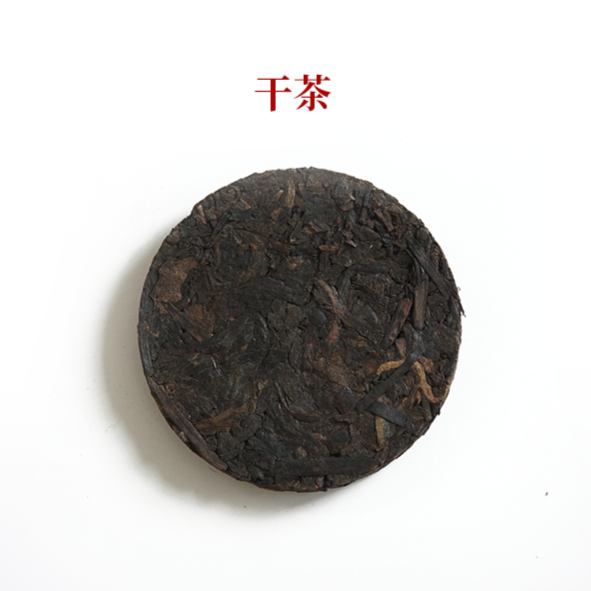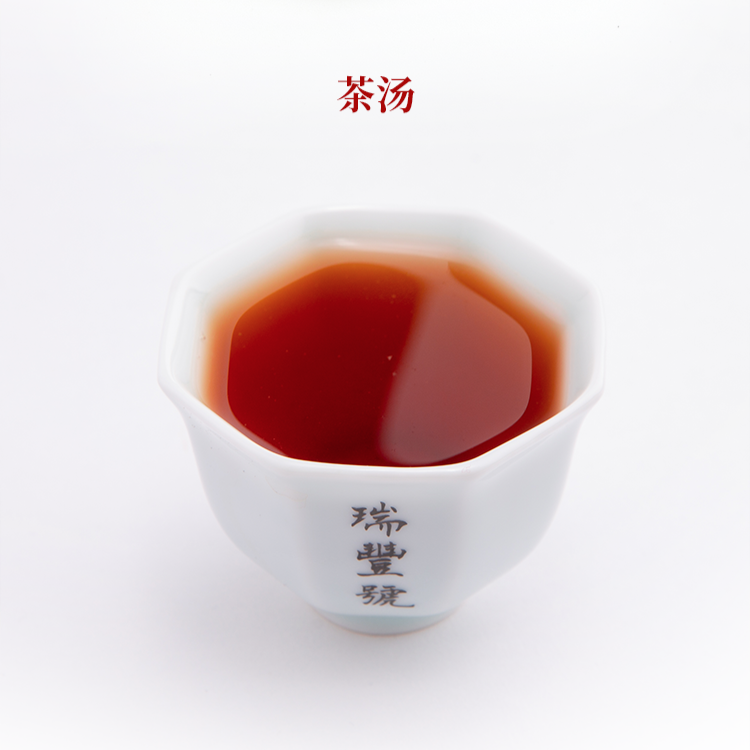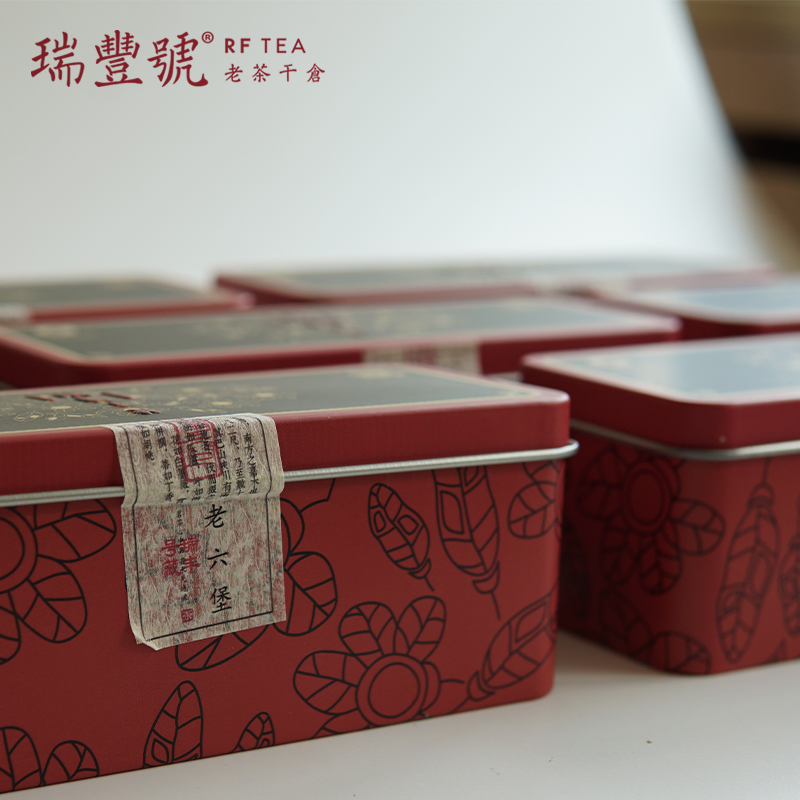Aged Liubao Mini Tea Cake | Tea For Metabolism
Aged Liubao Mini Tea Cake | Tea For Metabolism
Caffeine: Low
Flavor: Mellow\Floral
• Deep, Mellow & 100% Natural Taste
Features a rich, smooth, and earthy flavor with a unique aged fragrance developed over 30+ years of natural fermentation. 100% pure tea with no additives.
• Supports Digestive Balance & Relaxation
Known to gently aid digestion, help relieve internal dampness, and promote a deep sense of calm and grounding.
• Dry-Aged since the 1990s in Guangxi
Sourced from Heng County, Guangxi and patiently dry-stored since the 1990s, these mini cakes offer profound depth and convenience. Best for balancing Water element energy.
Couldn't load pickup availability
Share
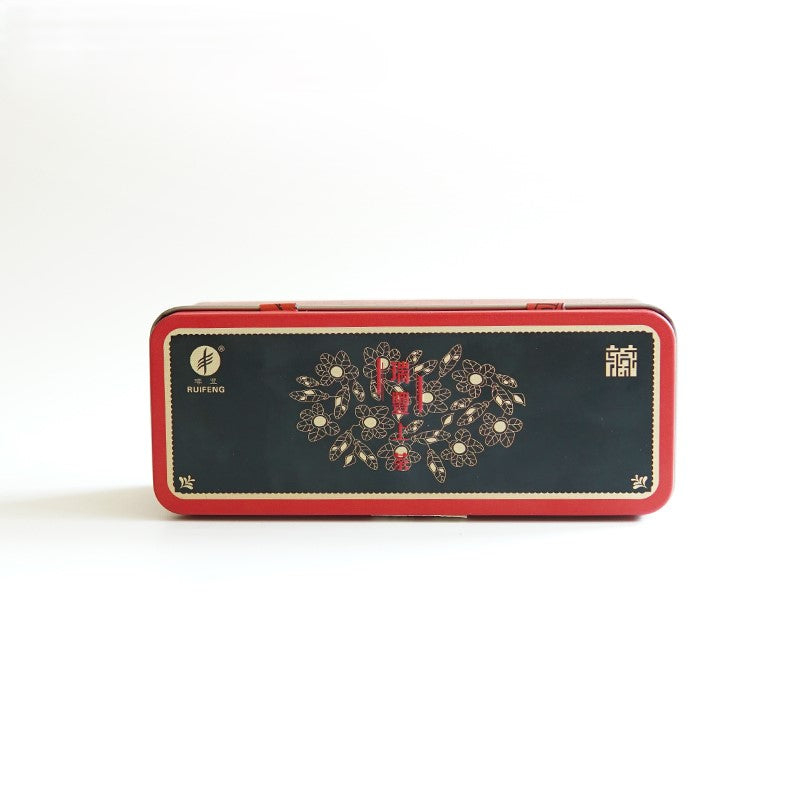
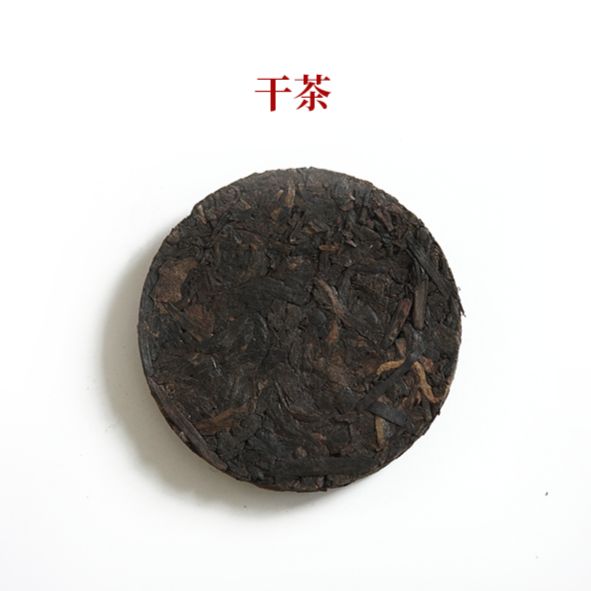
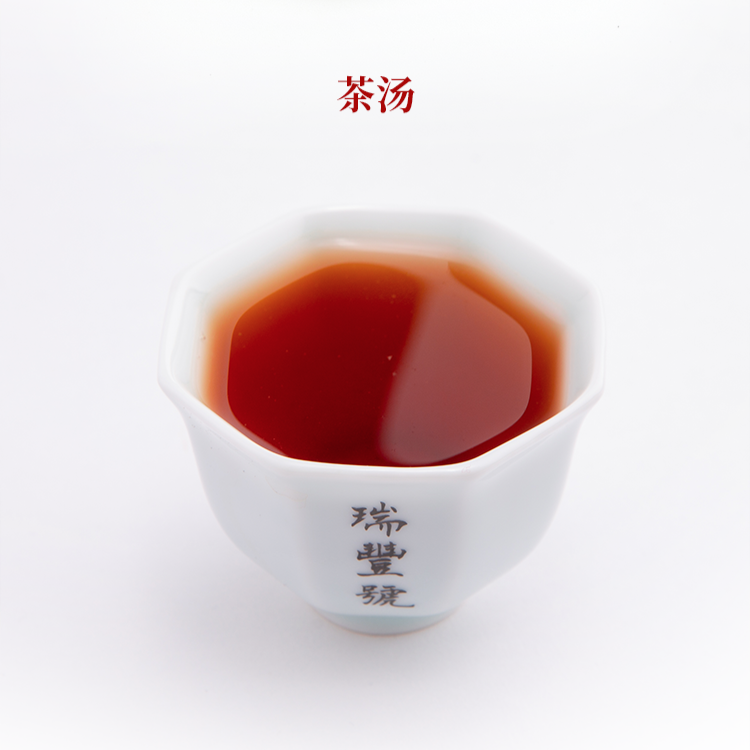
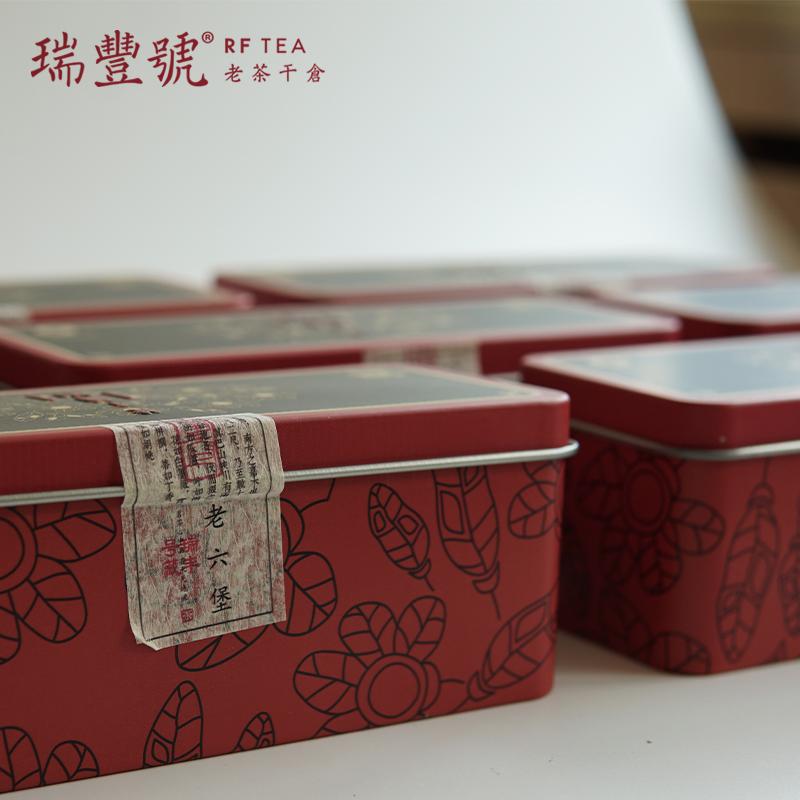
Blog posts
View all-

10/10 Would Recommend: The Healthy, Daily Ritua...
Discover why our Organic Rose Tea & Ceramic Mug Set is the Christmas gift she'll treasure daily. Featuring Xinjiang organic roses, premium Yunnan black tea, and authentic Ru Kiln ceramics,...
10/10 Would Recommend: The Healthy, Daily Ritua...
Discover why our Organic Rose Tea & Ceramic Mug Set is the Christmas gift she'll treasure daily. Featuring Xinjiang organic roses, premium Yunnan black tea, and authentic Ru Kiln ceramics,...
-

How to Store Pu-erh Tea: Aging Tips, Probiotic ...
Discover how to properly store Pu-erh tea (sheng & shou) to prevent spoilage and unlock its full aging potential. This guide covers humidity, ventilation, microbial benefits, and how Pu-erh evolves...
How to Store Pu-erh Tea: Aging Tips, Probiotic ...
Discover how to properly store Pu-erh tea (sheng & shou) to prevent spoilage and unlock its full aging potential. This guide covers humidity, ventilation, microbial benefits, and how Pu-erh evolves...
-

Raw vs. Ripe Pu-erh Tea: What’s the Difference?
Curious about the difference between Raw and Ripe Pu-erh? In this article, we explore their production methods, flavor profiles, fermentation process, and health benefits—plus real customer feedback to help you...
Raw vs. Ripe Pu-erh Tea: What’s the Difference?
Curious about the difference between Raw and Ripe Pu-erh? In this article, we explore their production methods, flavor profiles, fermentation process, and health benefits—plus real customer feedback to help you...

